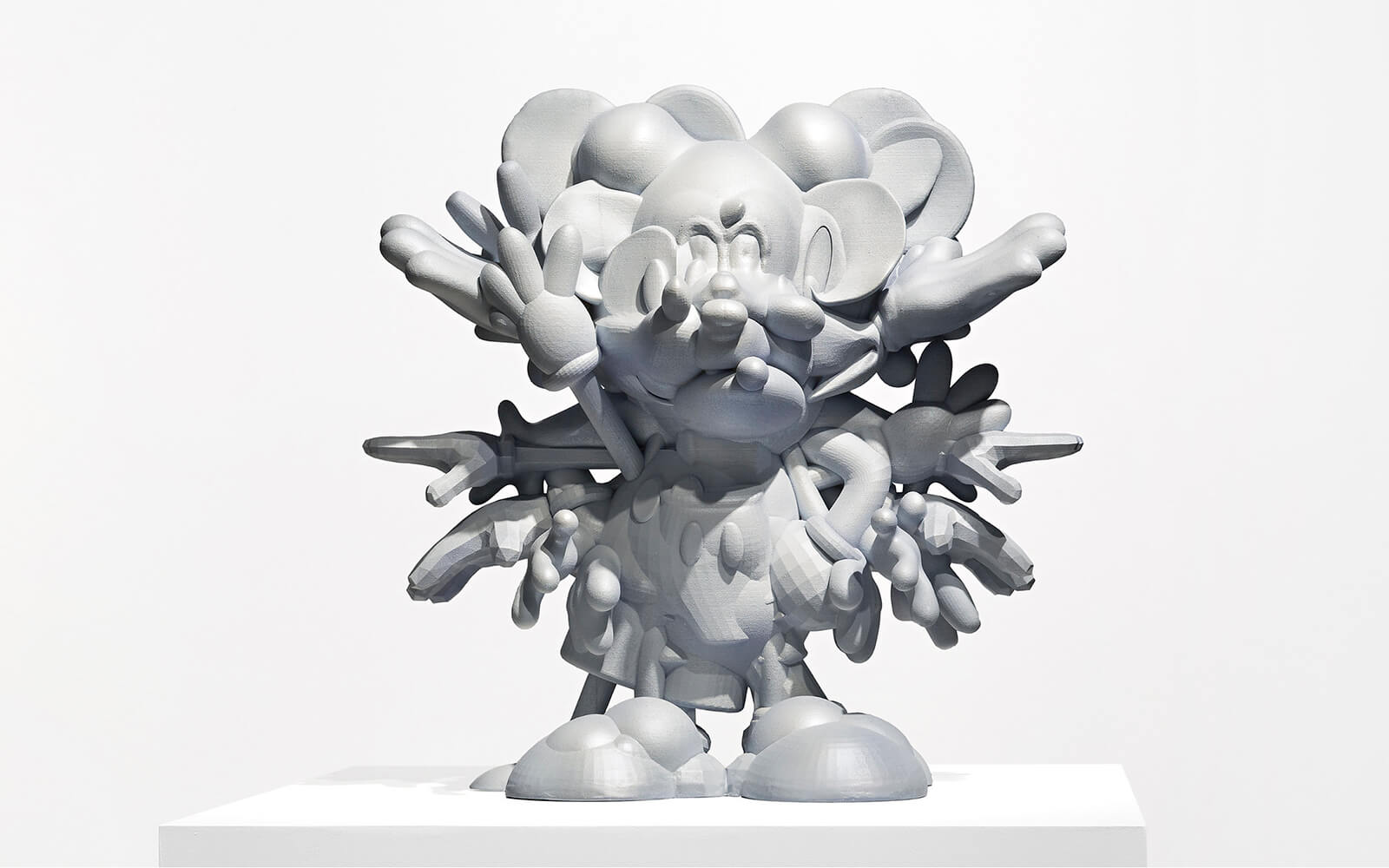Mimi Ọnụọha Explores the Politics of Absence
“I’m looking not only at what is unquantifiable or missing, but at what is unknowable. Knowledge doesn’t simply come to you; it also involves what you yourself and the space you’re in will allow you to know.”
Rachel O’Dwyer Parses the “Cruel Optimism” of Crypto
“If the tale of hard work and upward mobility kept us yoked to our employers and our 9-to-5 jobs, the fantasy of the YOLO investment ‘Lambos or food stamps!’ keeps its subjects attached to the market. To risking it all.”
“Harold Cohen: AARON” Honours Late Artist in the Age of Generative AI
A timely showcase of early computer drawing and painting in the age of generative AI, “Harold Cohen: AARON” opens at New York’s Whitney Museum. Curated by Christiane Paul, it honours Cohen’s pioneering 1970s and ’80s process, with recreations of his plotters running live in-gallery (each operating different versions of the AARON software) alongside key works. “Cohen used to joke that he would be the only artist ever who posthumously makes work,” says Paul of the late artist’s enduring prescience.
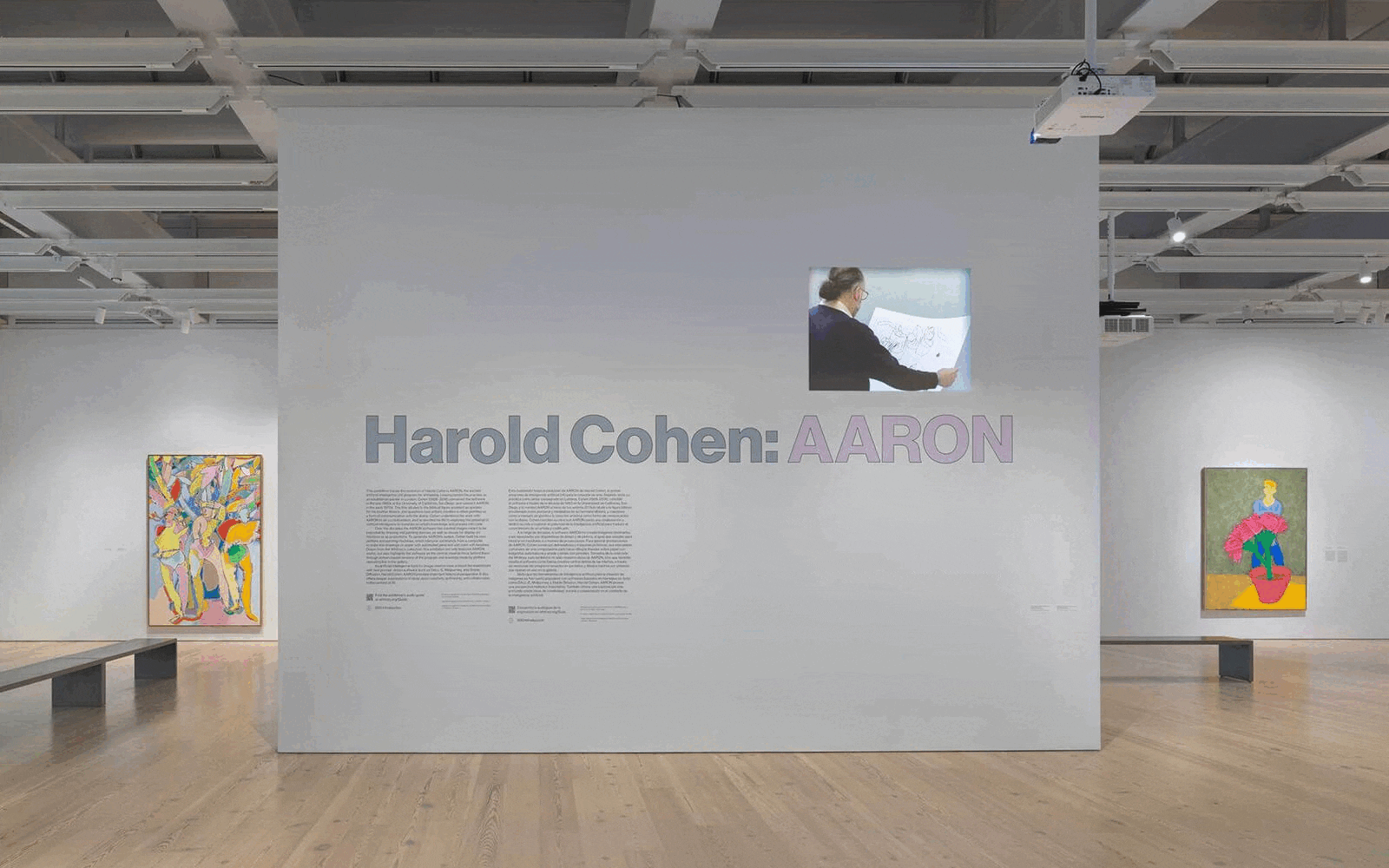
Rachel Rossin Enlists Rabbits & Duchamp for Subterranean Adventure
Haha Real, a very site-specific installation by Rachel Rossin, opens at Buffalo Bayou Park Cistern in Houston. Illuminating a path through the subterranean reservoir with LED panels, the American artist draws on eclectic sources including The Velveteen Rabbit (a 1922 children’s book) and “The Creative Act” (a 1957 Marcel Duchamp lecture). Musician frewuhn contributes a score to set the mood for the 400 m journey, which culminates in a “cascade of uncanny sunsets within the darkness.”
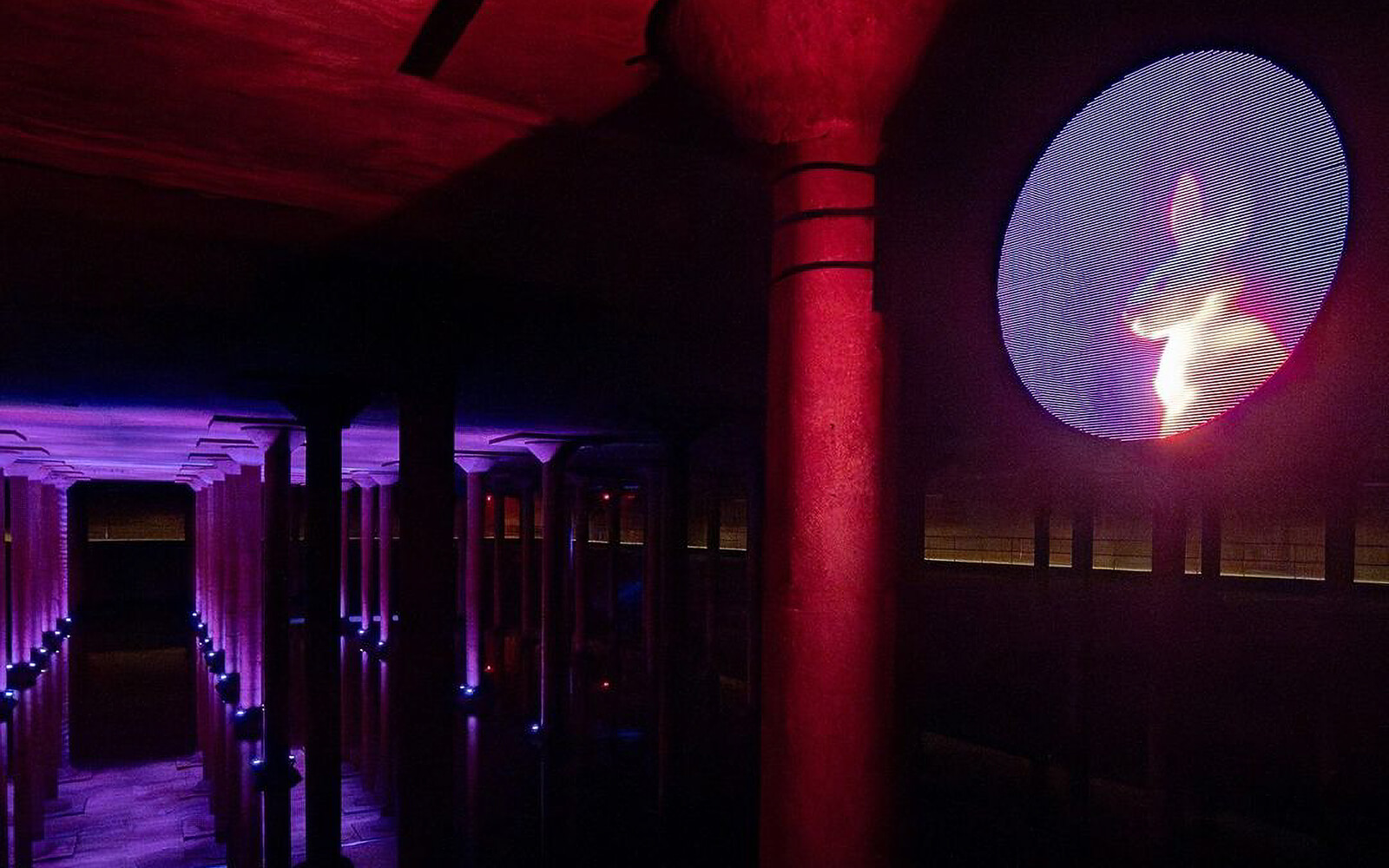
VR Pioneer Jaron Lanier Reflects on Eccentric Headsets of Early Days
“I’d build one-of-a-kind VR headsets into big masks from different cultures, sometimes adding lightning bolts and feathers. I wanted the headsets to be vibrant, exciting objects that enriched the real world, too.”
Museum of the Moving Image Celebrates Pioneering Net Artist and Digital Sculptor in Major Survey
With “My Veins Are the Wires, My Body Is Your Keyboard,” New York’s Museum of the Moving Image (MoMI) opens the first major survey of pioneering net artist and sculptor Auriea Harvey. Featuring more than 40 works spanning early net-based interactives, videogames (created with Michaël Samyn under the Tale of Tales moniker), mixed media and AR sculptures, curator Regina Harsanyi celebrates Harvey’s capacity to “reflect the paradoxical power of computers to enable intimacy” over nearly four decades.
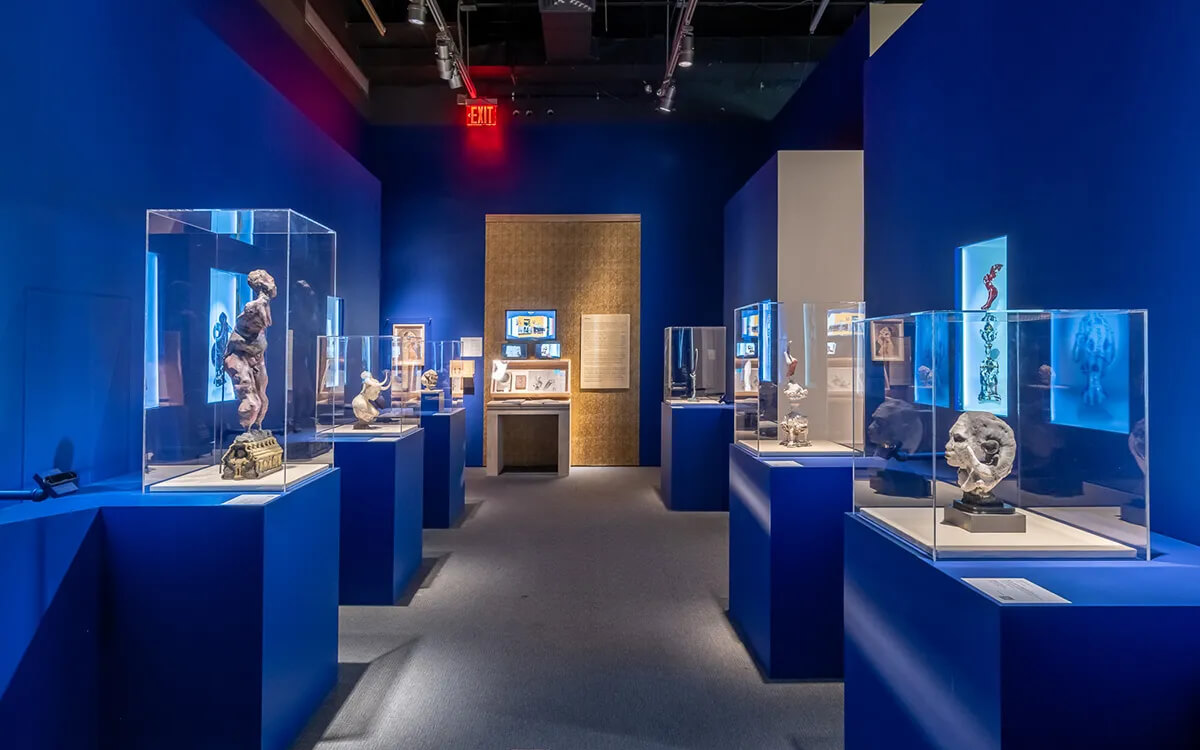
Yuk Hui’s New Book Series on Cybernetics Begins with Reconstruction
Yuk Hui (ed)
Cybernetics for the 21st Century
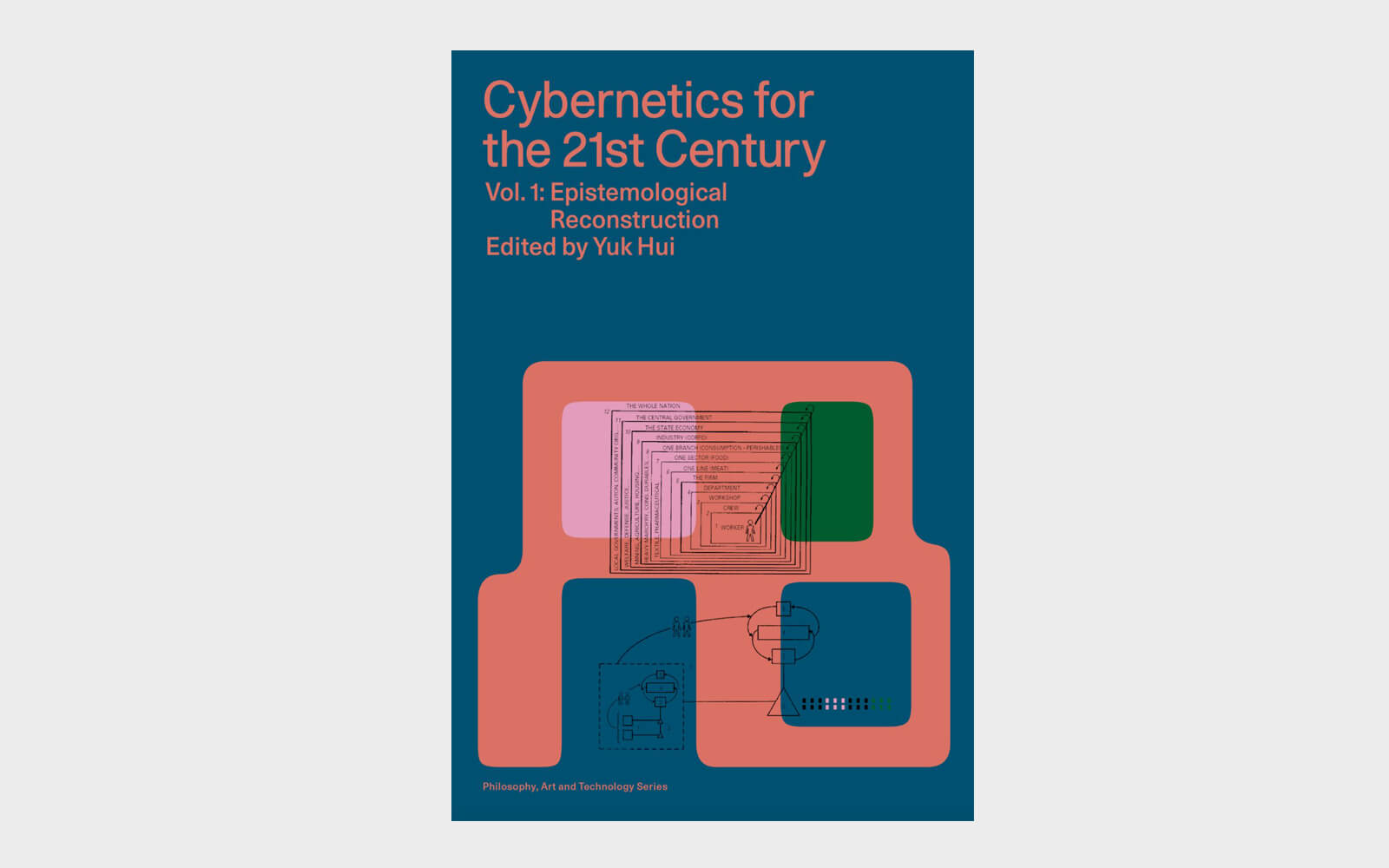
January 2024
January 2024
Journalist Mourns Passing of Social Network Formerly Known as Twitter
“At its best, it tapped into creativity and wit that had lain dormant in the population, showcasing talents that didn’t previously exist because there had been no form or shape for them to take. Live snark became an art.”
MoCA Taipei Group Show Anticipates Moment AI Breaks Free
“Hello, Human!” opens at MoCA Taipei, showcasing works by 16 artists and collectives including Morehshin Allahyari, Blast Theory, Mario Klingemann, Daito Manabe, Lev Manovich, onformative, Anna Ridler, and Winnie Soon that anticipate “the moment AI finally breaks through the black box and snarls at humanity.” In Dimension Plus’ (Keith Lam & Escher Tsai) post-humanity arcade machine VS AI Street Fighting (2023, image), for example, two AIs compete in endless content generation and reasoning sessions.

Galerie Stadt Sindelfingen Sheds Light on the Surveillance Economy
“Decoding the Black Box” opens at Galerie Stadt Sindelfingen, Germany, exposing the corporate surveillance systems that invade the private sphere. 14 artists and collectives including Aram Bartholl (image: Are you human?, 2017), James Bridle, Adam Harvey, Femke Herregraven, Jonas Lund, !Mediengruppe Bitnik, Metahaven, and Mimi Ọnụọha make transparent the capitalist power structures of the internet and virtual image economy with evocative counter-narratives and provocations.

McKenzie Wark Describes Masculinity as an Ill-Fitting Suit
“I was cosplaying masculinity for years, sometimes pretty well frankly, but the suit literally never fit. So that gives you a different way of thinking, like what’s a better fiction? This is not my true self. This is a better fiction that I would so much rather play.”
LaTurbo Avedon Renders “Technolust” in the Metaverse and IRL
LaTurbo Avedon’s “Trust Your Technolust” opens at panke.gallery, marking the avatar artist’s first solo exhibition in Berlin. Examining “the wavering promises of virtual worlds” through AR sculptures and projection, Avedon presents past and present works from Club Rothko (2012-), a “virtual nightclub rendered at the end of the metaverse.” Meanwhile, IRL clubbers get to exlore Avedon’s site-specific AR sculpture Sky Queue (2024) while waiting outside of Berlin’s Tresor.
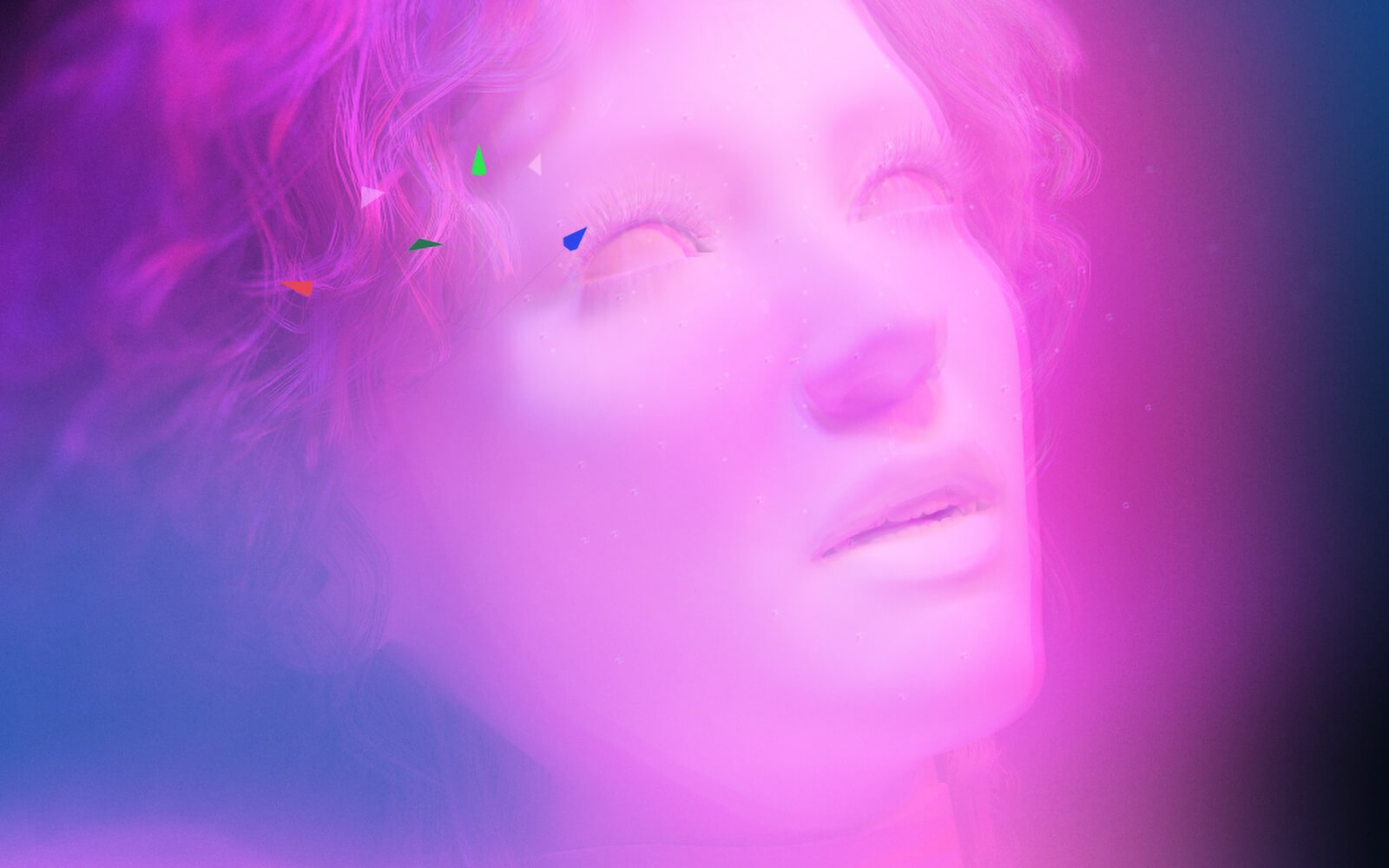
Nóra Ó Murchú Discusses Transmediale 2024 and the Horrors of Content
“For me, it encapsulates the ways we’ve come round to performing and selling ourselves online. How we’re urged to almost embody capitalism!”
Off-Grid Internet Land Art: Andrew Benson Ponders Platform Escapism
“Creating a single artwork on a small website at this point is a kind of Land Art. To view it you have to leave the urban centers of the feed and go to some off-grid locale. Nobody is coming to visit, but everyone says they want to.”
Georgina Voss Gets Meta in “Systems Ultra”
Georgina Voss
Systems Ultra
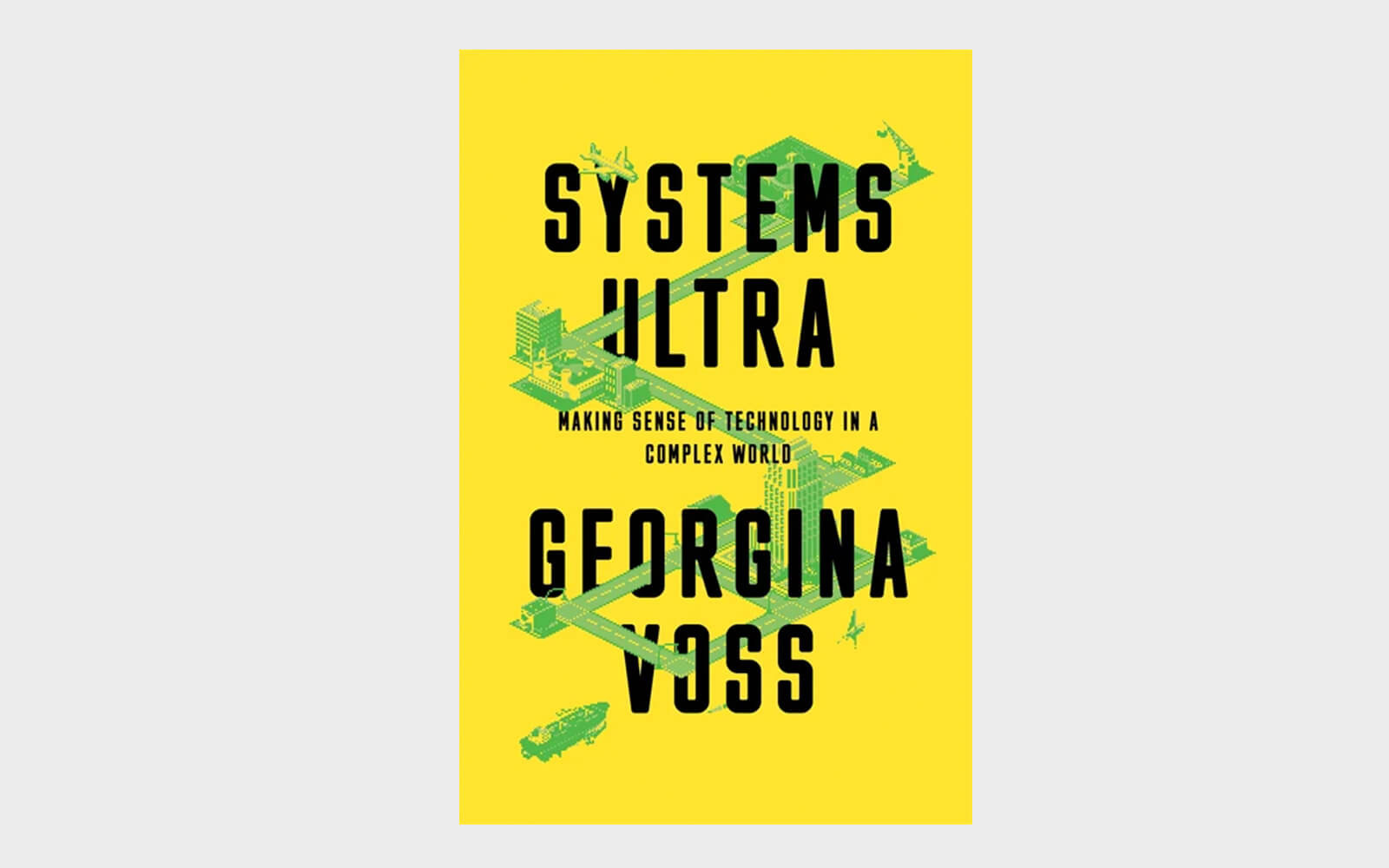
Beware the AGI Patina of Quasi-Religious Symbolism
“Be very wary of profit-driven corporations using the AGI patina of mysticism to market centralized tech always ultimately developed in service of growth.”
Neural 73 Explores the Politics of Collaboration
Neural 73
Negotiating Values
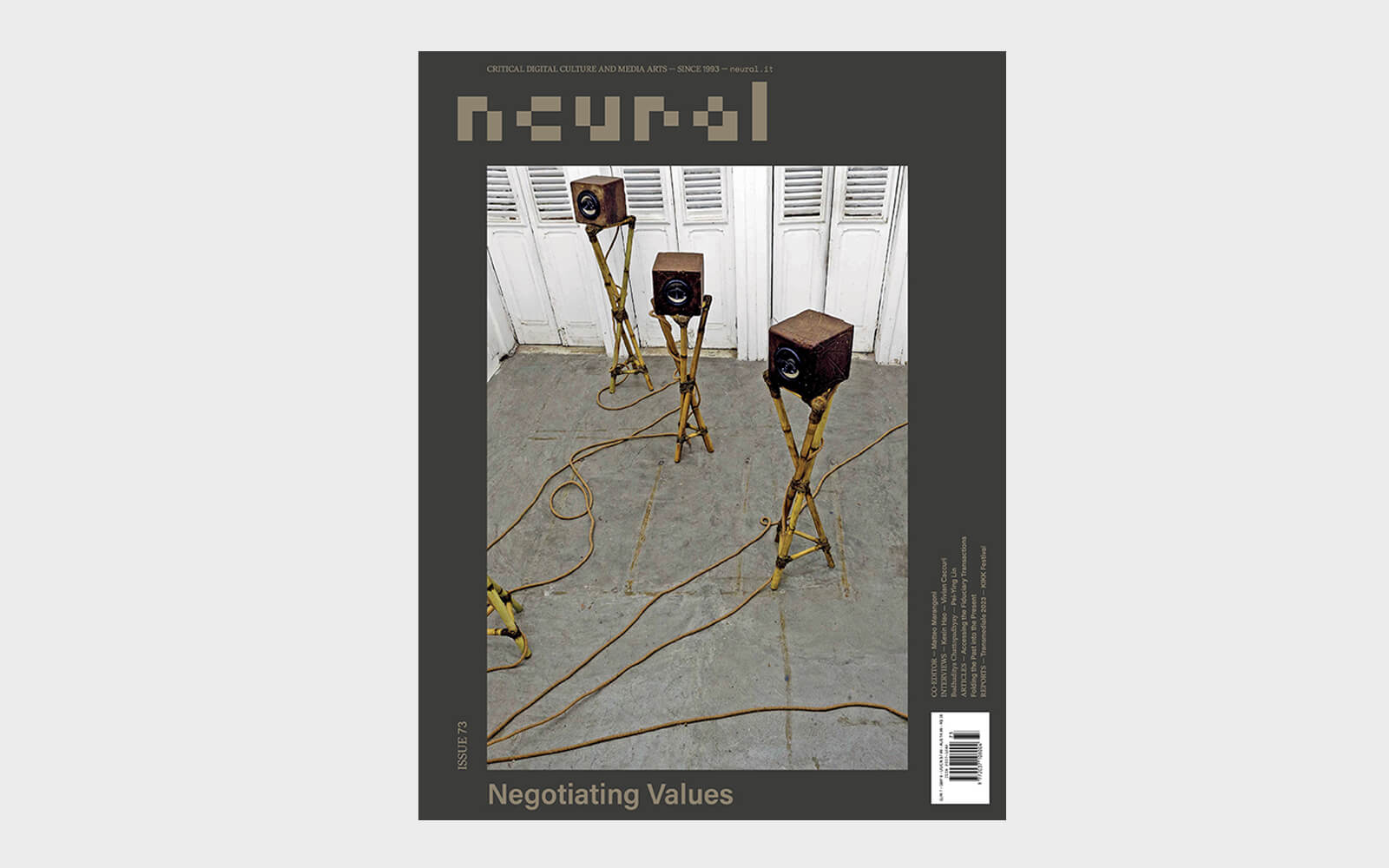
Sapporo International Art Festival Returns To Celebrate Futurity and Snow
After six years of dormancy, the Sapporo International Art Festival (SIAF) returns to Japan. Artists including Amy Karle (image: Echoes From the Valley of Existence, 2024), Quayola, Xin Liu, and Superflux contribute to a futurity-themed flagship exhibition alongside trio Tega Brain, Julian Oliver, and Bengt Sjölén. Pioneering inventor-performers Maywa Denki and MIT Media Lab Tangible Media Group instigator Hiroshi Ishii are standouts amongst a deep roster of Japanese artists and designers.
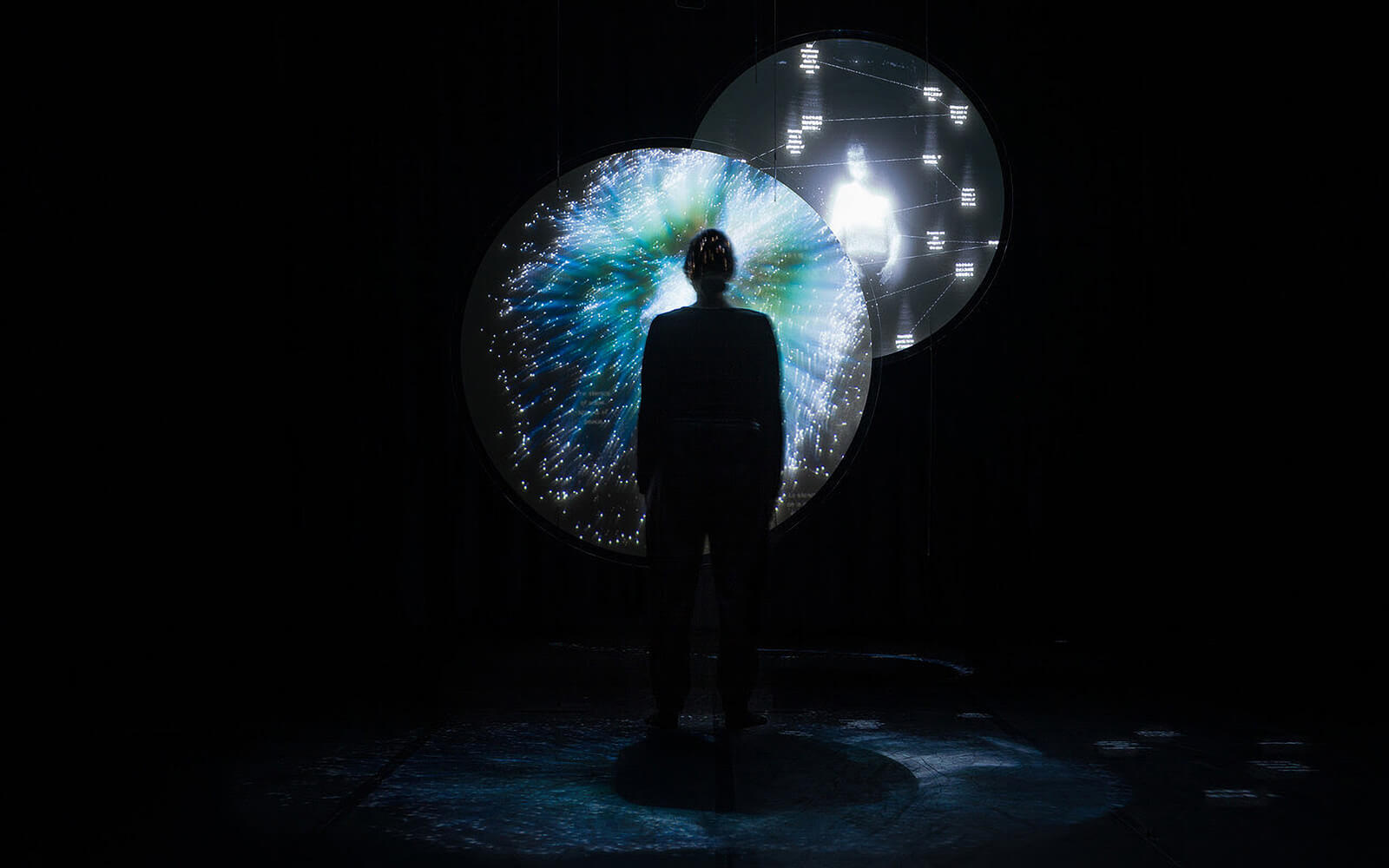
AI-Era Disinformation Deluge Shields Bad Actors
“Academics call it the ‘liar’s dividend.’ It means that, because there is so much falseness in the world, it becomes really easy for bad actors to call ‘deepfake!’ on everything.”
Carola Bonfili Carves “Second Order Reality” in CGI and Stone
Carola Bonfili’s solo exhibition “Second Order Reality” opens at Aksioma, Ljubljana, exploring states of magical thinking and embodied otherness in virtual worlds. Drawing on the writings of Gustave Flaubert and H.G. Wells as well as videogame metaphors, the Italian artist tells the story of primate protagonist M’ling, The Stone Monkey (2022), across CGI video, an immersive VR experience (entitled Level 1, Illusions That We Should Have, But Don’t), and concrete sculptures.
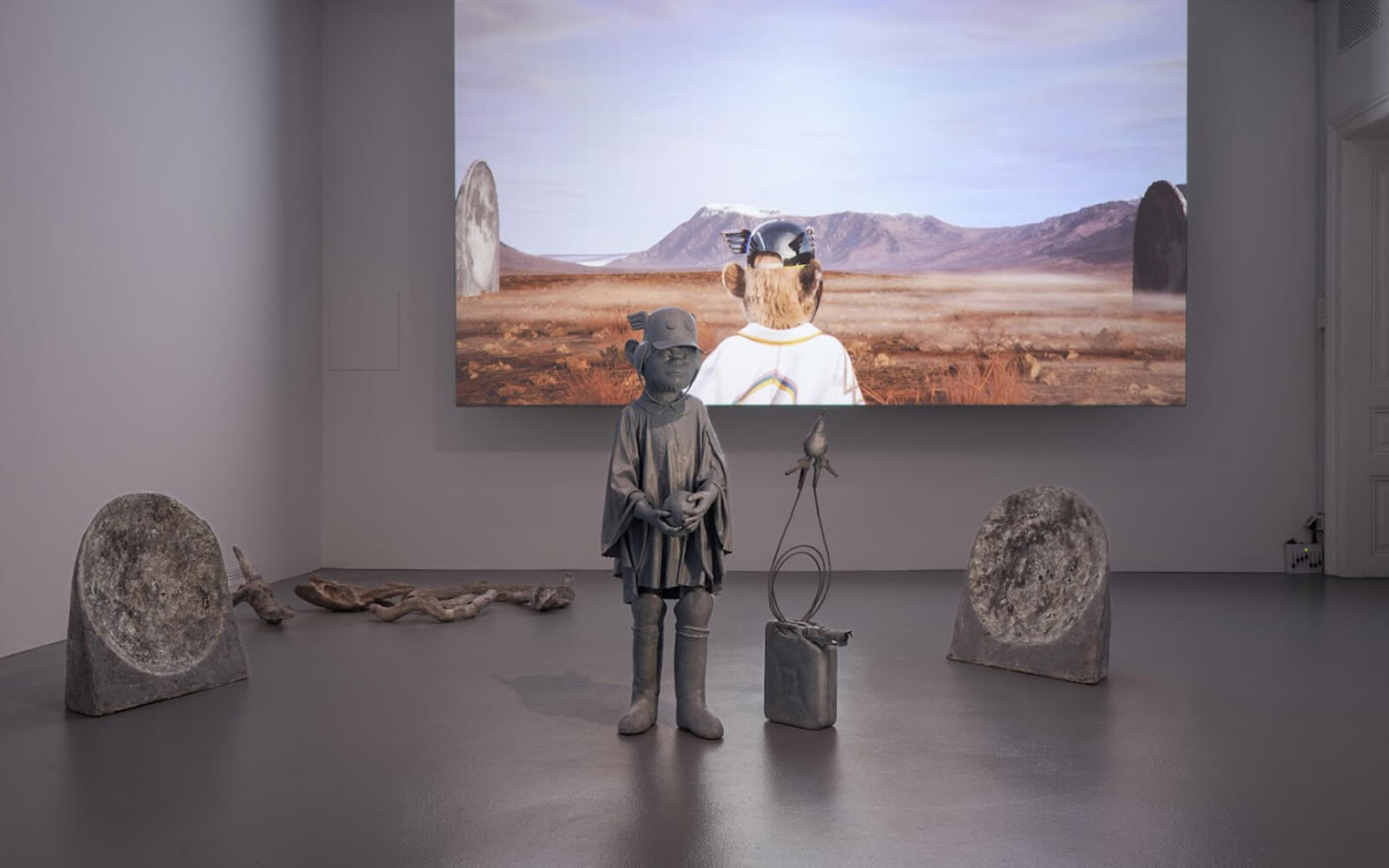
Atlantic Editor Weighs Impact of Barcode on Capitalism
“I like to think of the creators of the barcode as the Oppenheimers of capitalism.”
Kyle Chayka Surveys the “Filterworld” Wrought by Algorithms
Kyle Chayka
Filterworld
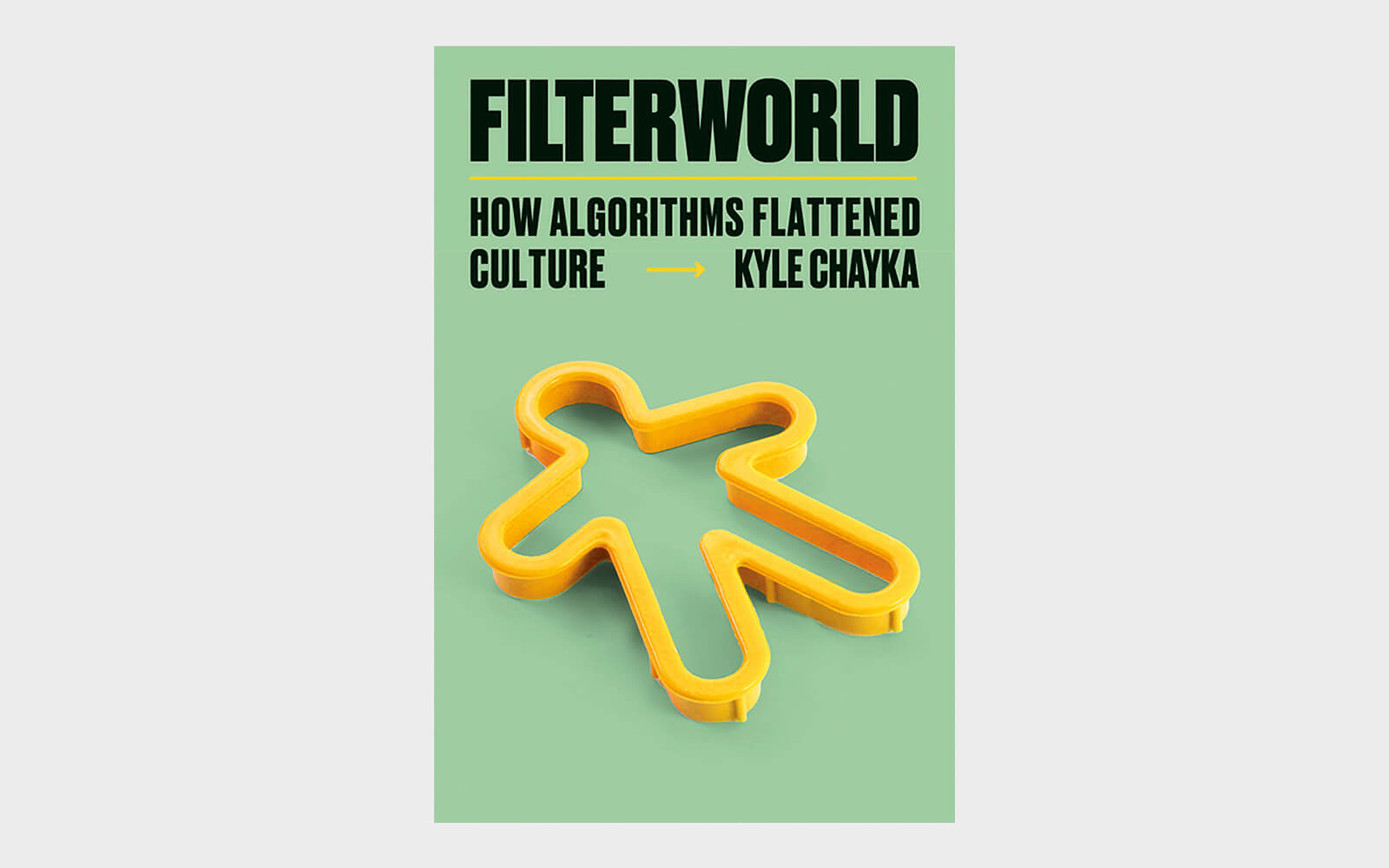
Media Scholar Ariana Dongus Puts Feminist Chatbot in Perspective
“Rather than a tool for dominance, akin to practices like data-driven racial profiling by law enforcement, it serves as a repository for quotations from diverse voices, generating a collective feminist intelligence rooted in diversity.”
Chris Coleman Is Not Having Your “Wasteful” Bitcoin NFTs
“It is really disheartening to watch artists I respect run to do ordinals. Can’t help but remember the rough convos we had around energy use and carbon load of ETH.”
Honor Fraser Platforms Inner Voices—That of Humans and that of Machines
LA’s Honor Fraser opens “SMALL V01CE,” a group exhibition that squares human instinct—the small voice inside our heads—with machine intelligence. Curator Jesse Damiani presents generative AI works by over 20 artists including Memo Akten, Alice Bucknell, Holly Herndon & Mat Dryhurst, Lauren Lee McCarthy, Sara Ludy, Rachel Rossin, and Caroline Sinders that demonstrate “unconventional modes of knowing and perceiving.” They ask: Can machines develop a form of intuition? And is it critical for making art?
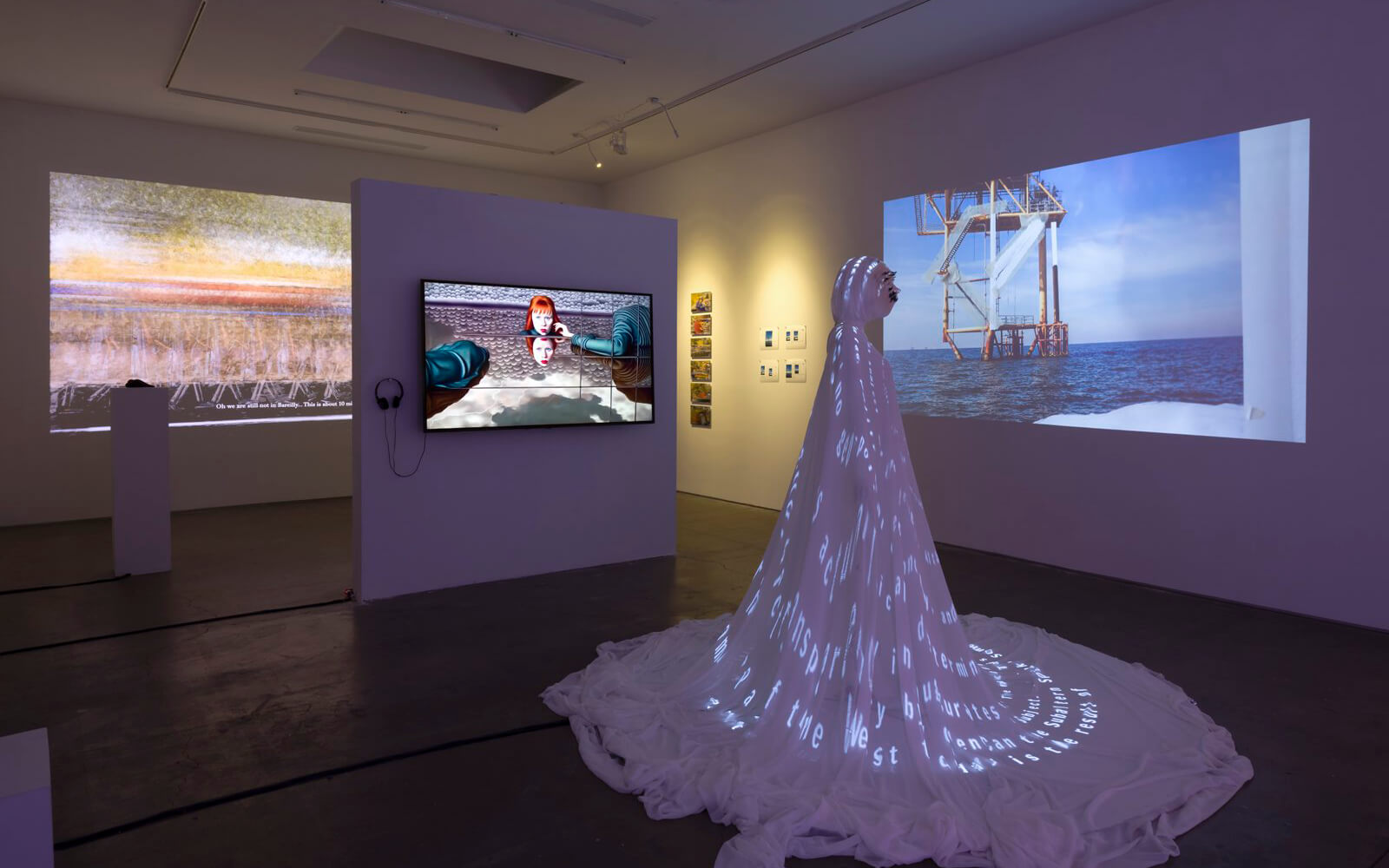
Street Level Surveillance Hub Demystifies Invasive Technologies
The Electronic Frontier Foundation (EFF) launches the Street Level Surveillance Hub, a resource for learning about invasive technologies used by U.S. law enforcement. The website contains accessible intros to cell-site simulators, gunshot detection systems, predictive policing, and other troubling technologies, and identifies related civil liberties concerns. “Understanding this panopticon is the first step in protecting our rights,” says EFF Policy Analyst Matthew Guariglia.
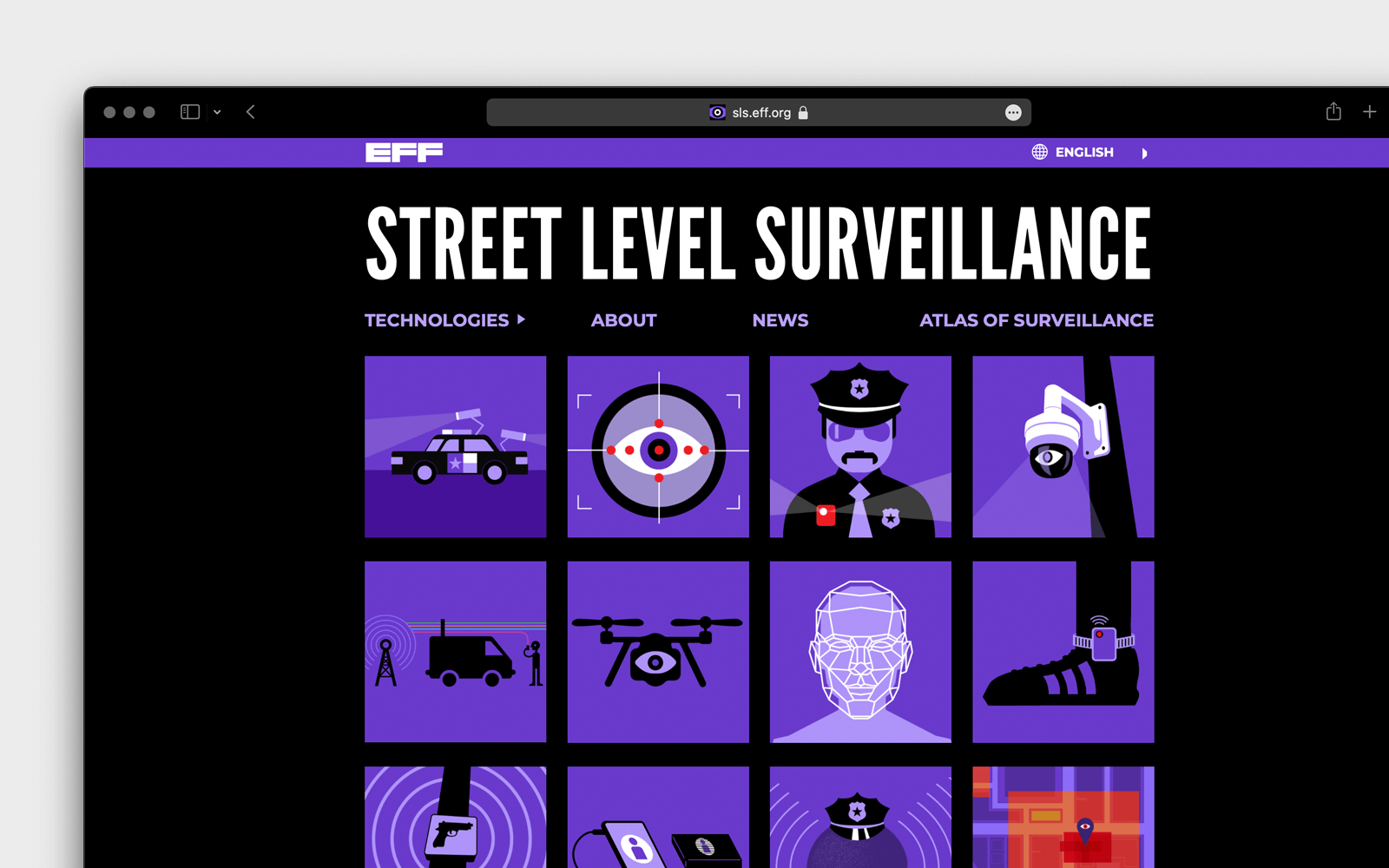
Moon Art Launched into Space Limbo
Over 9,000 Moon Drawings are headed into space aboard NASA’s Peregrine Mission One. Crowdsourced in 2015 by American media artist Golan Levin and the Carnegie Mellon University (CMU) Moon Arts Group, the drawings (“whimsical doodles, symbols of hope, solemn wishes, eternal visual forms”) are micro-etched onto a 40mm sapphire disc—the Moon Arts Ark. Sadly, these and other included “gifts to the moon” will never reach their final destination due to a fuel leak detected shortly after launch.
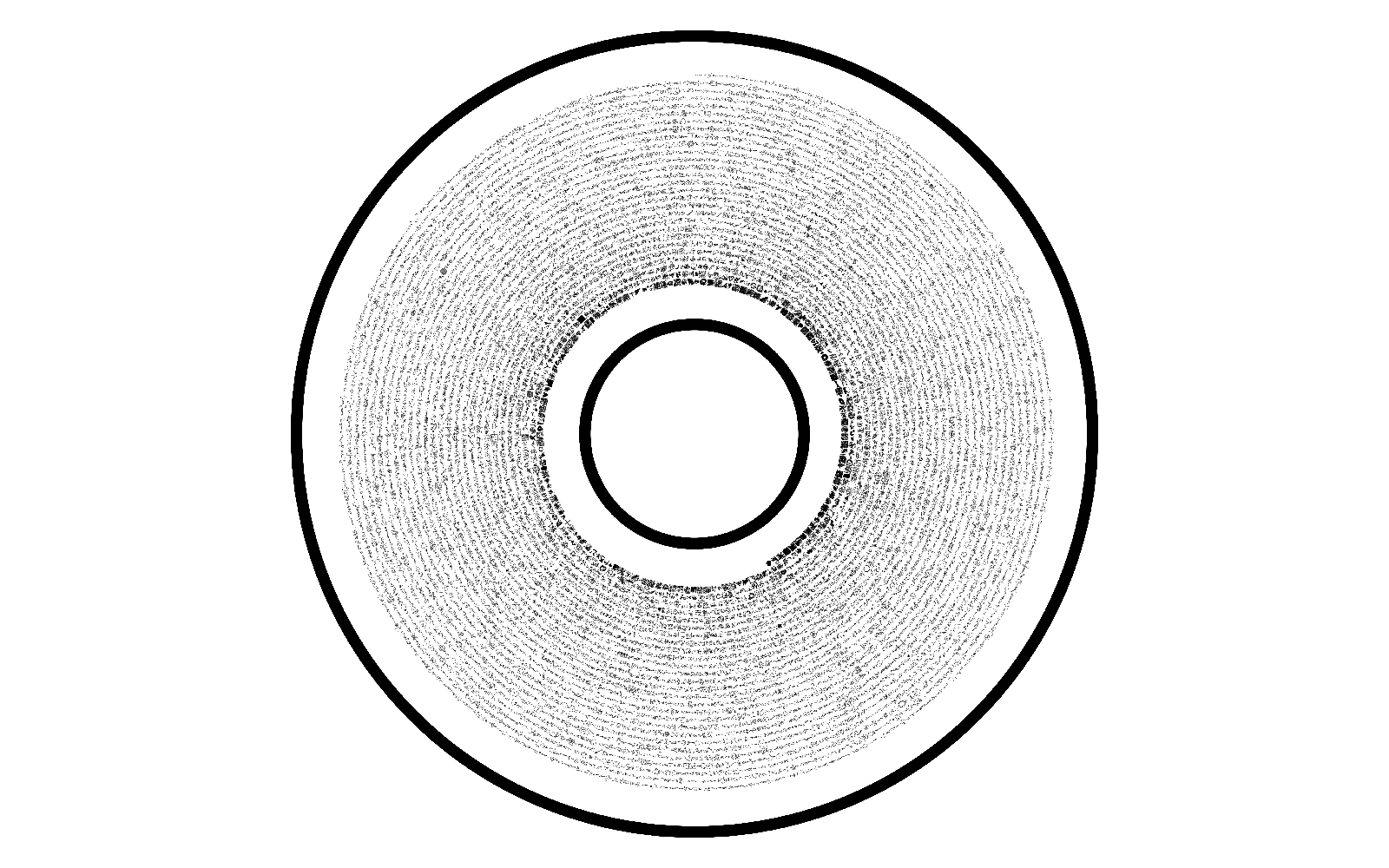
Global Heating Will Pass 1.5C Threshold in 2024, Top Ex-Nasa Scientist Says
“We are not moving into a 1.5C world, we are briefly passing through it in 2024. We will pass through the 2C (3.6F) world in the 2030s unless we take purposeful actions to affect the planet’s energy balance.”
Editors Florian Weigl & Arie Altena Engage Artists “On Consequences in Algorithmic Classification”
Altena & Weigl (eds)
{class} On Consequences in Algorithmic Classification
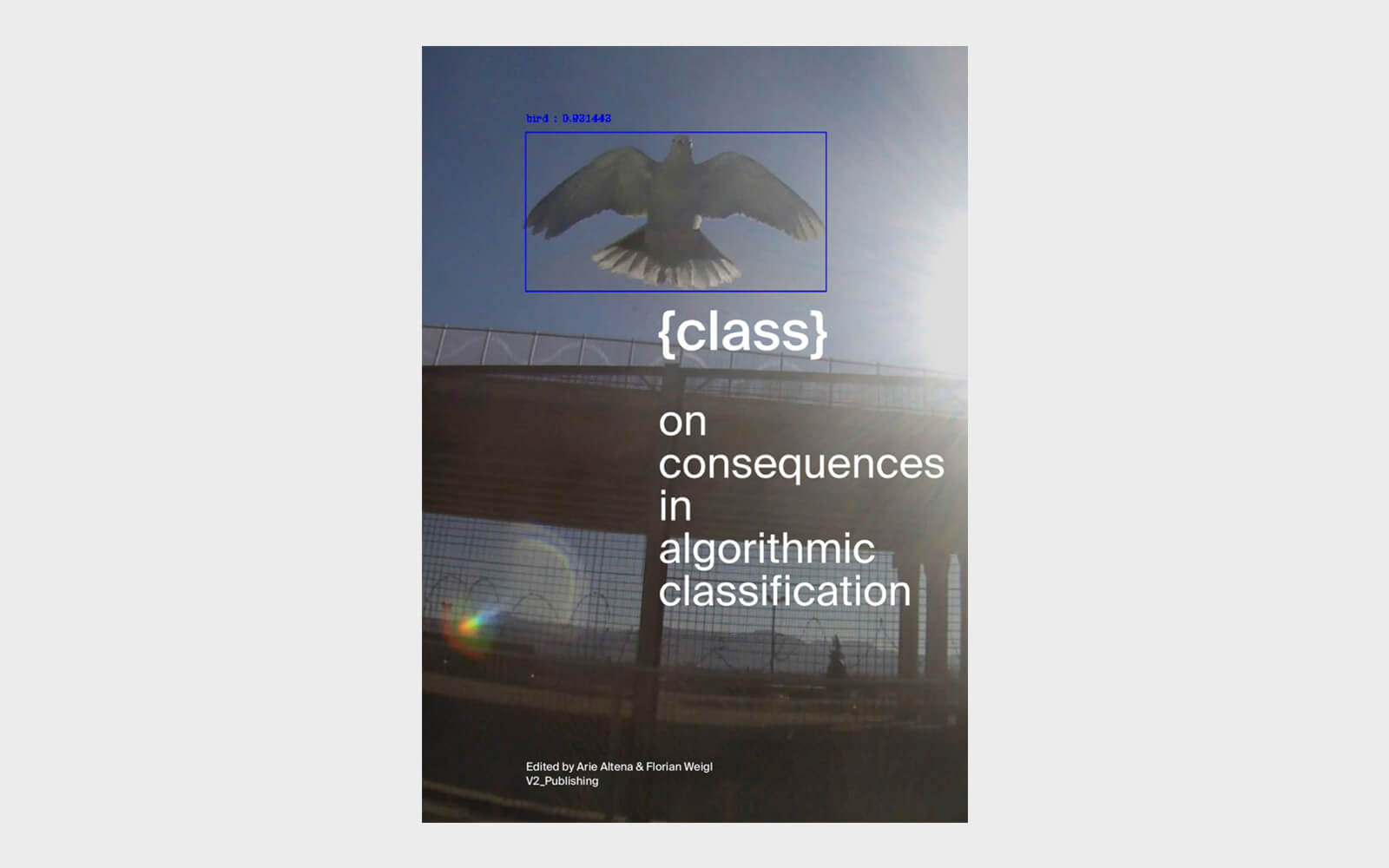
Critic Marvels over Tishan Hsu’s Unsettling “Cyborgian Devices”
“Tishan Hsu evokes the twinned ways that technology both estranges and enlivens our bodies. It’s work clearly born of an era in which cyborgian devices—pacemakers, nebulizers, insulin pumps—are enabling longer lives. How miraculous, and how bizarre.”
Golan Levin Celebrates Centenary of Late Vera Molnar
Honouring the centenary of late digital art pioneer Vera Molnar (1924-2023) as part of this year’s Genuary, American media artist and lecturer Golan Levin shares a re-code of Molnar’s 1970 plotter work, À la Recherche de Paul Klee. Realized in p5.js and fully accessible via the p5.js online editor, Levin’s tribute and countless others were prompted by generative artists Melissa Wiederrecht and Piter Pasma, who set the Molnar theme for the online creative coding sprint on Genuary 5th.
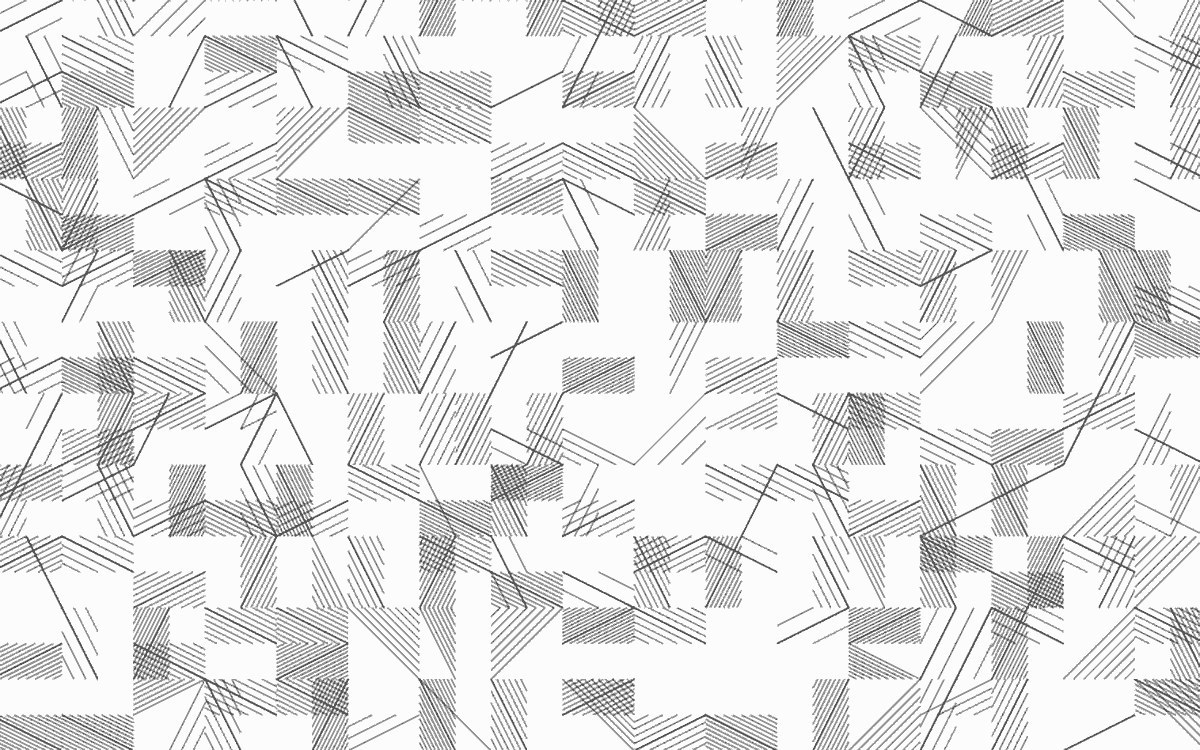
Researchers Use AI and Satellite Data to Map Invisible Ocean Activity
“We found that a remarkable amount of activity—about 75%—occurs outside of public monitoring systems. These previously invisible vessels radically changed our knowledge about the scale, scope and location of fishing activity.”
Beware the Botshit: Scholar Warns of Epistemic Risks of Generative Chatbots
“While politicians spent millions harnessing the power of social media to shape elections during the 2010s, generative AI effectively reduces the cost of producing empty and misleading information to zero.”
Yaakov Kirschen’s Early Algorithmic Music Generators Uncovered
Retro computing blogger Josh Renaud reports the recovery of long-lost algorithmic music software developed by American-Israeli inventor and cartoonist Yaakov Kirschen in 1986. Magic Harp was a set of six thematic music disks to be bundled with the Commodore Amiga, each dedicated to a different genre. Found was a beta version of “baroque,” where a Bach-like “artificial personality” conducts digital organs and spinets (image). After the deal with Commodore fell through, Kirschen’s innovations were largely lost to obscurity.
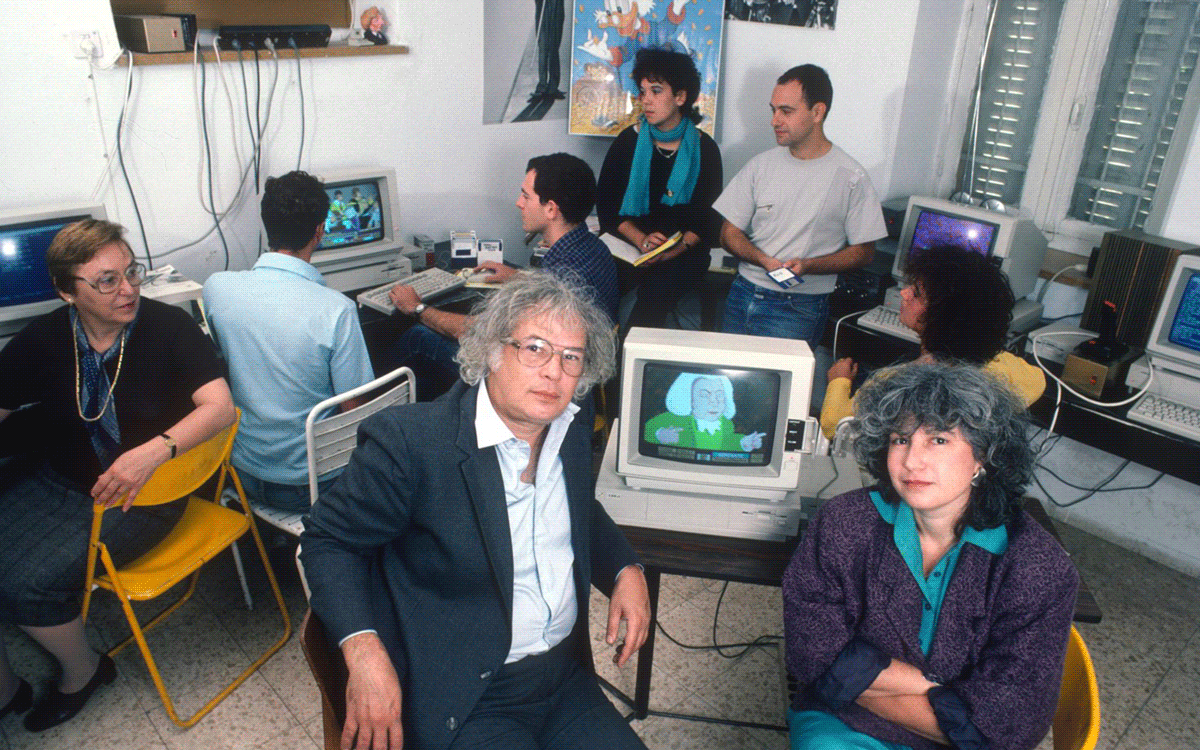
Cultural Evolution Curbs Capacity to Fight Climate Change, Researchers Say
“There is hope, of course, that humans may solve climate change. We have built cooperative governance before, although never like this: in a rush at a global scale.”
In Memory: Computer Scientist and Pascal Inventor Nikolaus Wirth
Niklaus Wirth
1934 – 2024
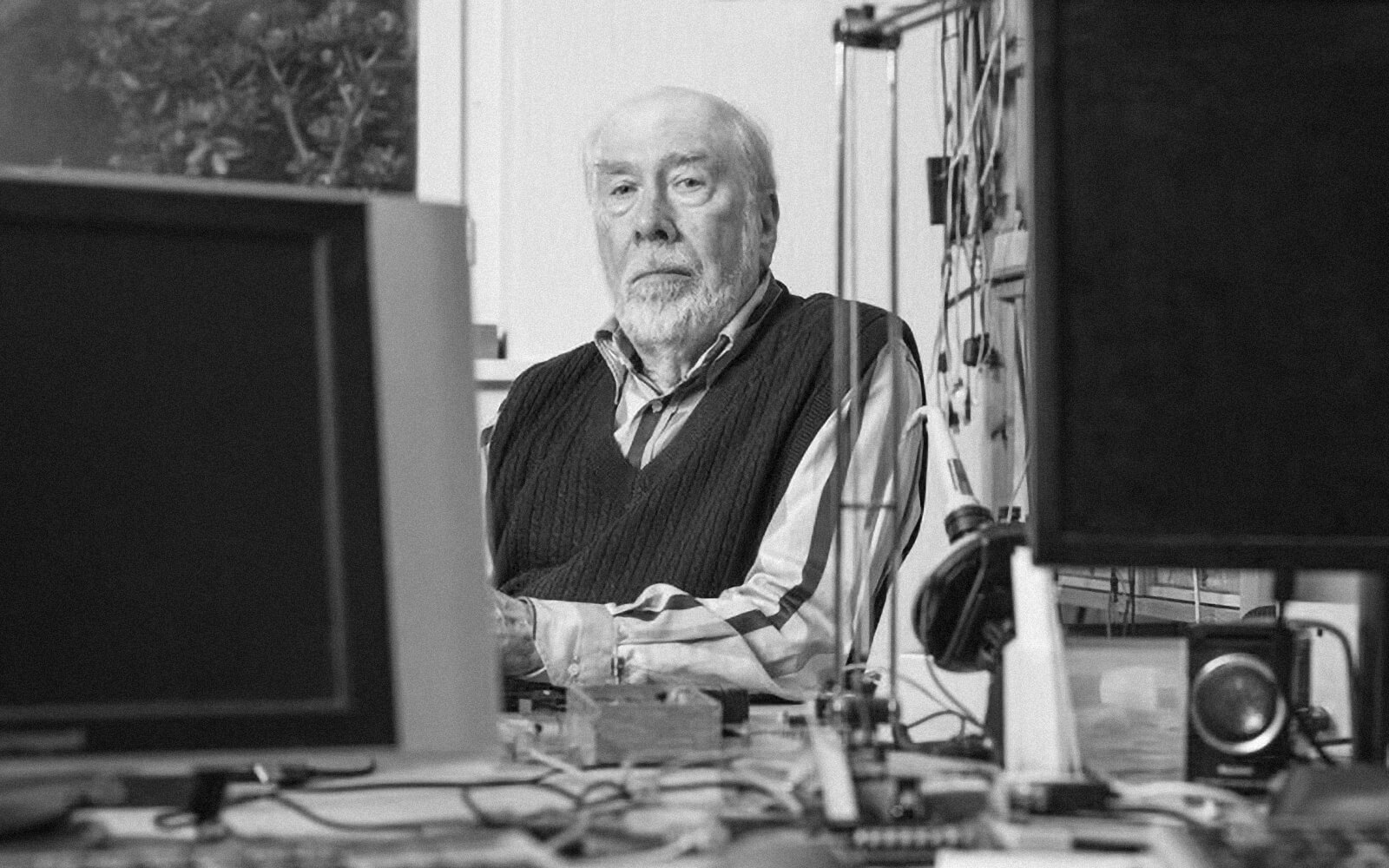
December 2023
December 2023
First Nations Sustainability Officer Wary of Gold Rush Repeat
“Those minerals are not found in urban centres. They’re found on traditional territories, or you will need roads and access to traditional territories to get to them.”
Matthew Plummer-Fernández Freed Mickey First
In anticipation of the Steamboat Willey (1928) version of Mickey Mouse entering the public domain in 2024, Matthew Plummer-Fernández’ hack of the cultural icon, Every Mickey, resurfaces on X. First shown in 2015, at the British-Colombian artist’s solo show “Hard Copy” at NOME, Berlin, the 3D-printed composite of found 3D models “circumvents copyright by being a compilation,” Plummer-Fernández explains on X. Compilations constitute “an exception in copyright law for the creative compiling of other works.”
